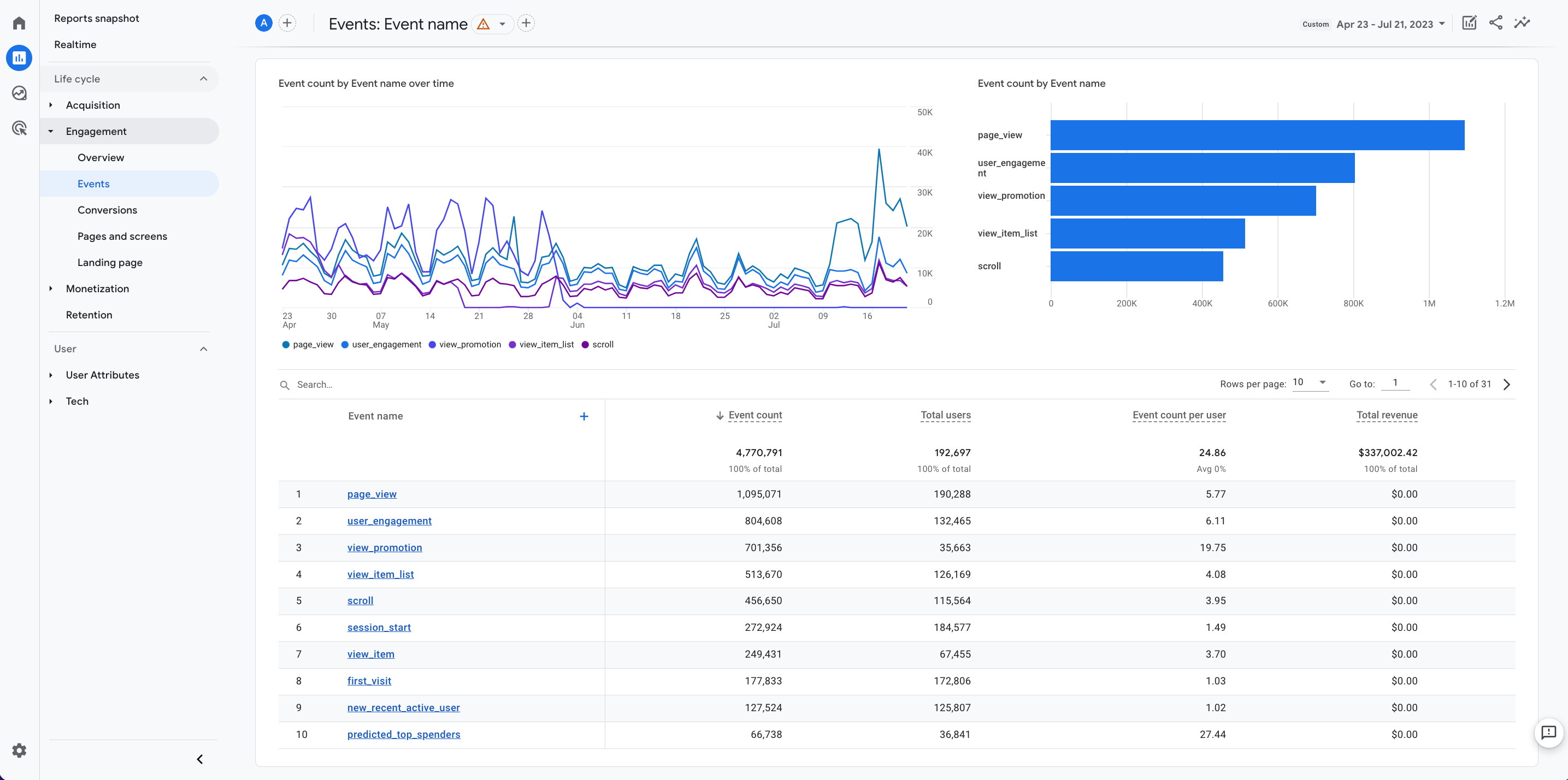Alice's Email Insights
Exploring the world of email communication and technology.
Google Analytics: The Crystal Ball for Your Website
Unlock the secrets of your website's performance with Google Analytics—your crystal ball for data-driven success!
Unlocking the Secrets of Google Analytics: How to Predict Website Trends
Understanding how to leverage Google Analytics is essential for any website owner looking to predict and enhance their site's performance. By navigating through its various features, you can unlock important metrics that highlight user behavior, traffic patterns, and conversion rates. First, familiarize yourself with the Audience Overview report, which provides insights into who is visiting your site, where they come from, and how they interact with your content. This data is invaluable for identifying trends and making informed decisions about your marketing strategies.
Next, dive into the Acquisition and Behavior reports to uncover how users find your site and what actions they take once they arrive. By focusing on key metrics such as bounce rate, average session duration, and pages per session, you’ll be able to not only spot emerging trends but also anticipate future user needs. With this knowledge, you can adjust your content creation and promotional strategies to better align with the evolving interests of your audience.

Top 5 Google Analytics Features That Act Like a Crystal Ball
Google Analytics is an invaluable tool for any digital marketer looking to predict future trends and improve their strategies. Among its numerous features, Event Tracking stands out as a crystal ball for understanding user interactions beyond standard page views. By setting up event tracking, which can be done through Google's official guide, you can monitor specific actions such as button clicks or video plays. This data empowers you to identify what resonates with your audience and make informed content decisions based on concrete engagement metrics.
Another powerful feature is the Audience Segmentation tool, which allows you to categorize and analyze your visitors based on demographics, behavior, or technology used. By creating segments tailored to your marketing objectives, you can uncover insights that help forecast which segments may bring higher conversion rates. Utilizing these insights effectively influences your targeted campaigns, ensuring you focus your resources on users with the highest potential. For more detailed steps on how to utilize audience segmentation, check out this Optimizely article.
How Can Google Analytics Help You Forecast Your Website's Success?
Understanding your website's performance and predicting future success is crucial for any online business, and using Google Analytics can be a game-changer. By analyzing historical data, you can spot trends and patterns in user behavior, which aids in forecasting upcoming performance. Key metrics like organic traffic, bounce rates, and conversion rates provide valuable insights. For instance, if you notice a steady increase in organic traffic over several months, it may suggest that your SEO strategies are effective and that continued optimization will likely yield further growth.
Moreover, Google Analytics offers forecasting tools that leverage machine learning algorithms to predict future user engagement based on past behavior. These tools can help you create detailed projections on metrics such as user sessions, revenue, or returning visitors. By integrating Google Ads data, you can see how changes in your ad spend impact website traffic, allowing you to adjust your strategy accordingly. Ultimately, the insights generated by Google Analytics empower you to make informed decisions, ensuring that your website continues to thrive.